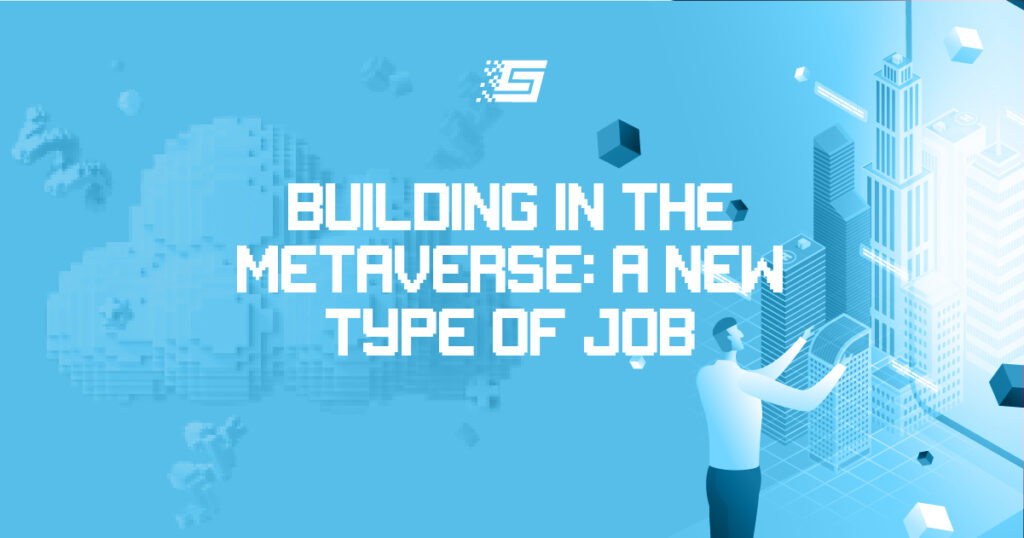The Latest Trends In Virtual Reality
Examine the state of the immersive tech market, how the technology is being used for training systems, and what the future holds based on its current trends and data. It serves as a reference for companies and individuals interested in the application of immersive technology.
It would be an understatement to say 2021 was a big year for VR. Headset sales grew by an estimated 7 million units. We had many news stories about huge brands and corporations that jumped into the industry.
In this article, we will examine some of the biggest trends in virtual reality this year and make some predictions for future uses of the tech.
VR Trends Of 2022
There has been a lot of noise and buzz around VR, and we are here to organize the clutter into distinct points to give you a full picture of what’s happening in the industry.
A Rise In Enterprise Apps
You could be forgiven if you thought VR was simply a tool for gaming. This is certainly not the case in 2022. Yes, it is still a dominant force in the gaming industry, but it is also a huge asset for organizations all over the world. The most popular uses of virtual reality within companies involve training, remote collaboration, and tests and prototyping. But there are also plenty of other creative uses that fall outside of these categories. Furthermore, thousands of these solutions are currently in development, and it is safe to say that the impact of VR will be huge.
Greater User Adoption
Due to several misconceptions about the technology, its lack of availability, and pricing, users have always been hesitant to use and invest in virtual reality, but this is quickly turning around. Today, it has a reputation as something advanced, cool, and beneficial for businesses. For example, a recent survey that asked workers which technologies they would prefer to use in their workplace noted that the majority looked at immersive technology favorably.
Major Improvements In Hardware
If you’ve been watching the VR headset market, you may have noticed that the products have been getting more powerful, cheaper, and more convenient to wear. Currently, the most popular headset (Oculus Quest 2) costs around $299. This trend is likely to continue as products like the “Reality 12K” from Pimax and MeganeX from Panasonic are launched and shake up the market with their stunning specs. A further notable advancement is the upcoming release of the HTC Vive wrist tracker. This gadget does not restrict hand movements and provides accurate tracking.
Development Is Easier Than Ever
Nowadays, it is much easier for businesses to create VR solutions. The number of development companies is multiplying every year, so partnering with a top VR company for app design is more accessible, and prices can be quite reasonable. The developers can work faster and better because of the premiere tools they are using. Unity and Unreal engines are providing key new features for virtual reality. For example, Unreal Engine 5 have rolled out support for OpenXR, a standard for developing applications for multiple VR platforms simultaneously, enabling companies to use various headsets with the same software solution.
More VR-Tailored Services
We’ve talked a bit about how VR helps businesses improve their internal processes, but it is also important to mention how the tech is helping them make money. In particular, a whole new market of virtual reality services for consumers and businesses is opening up, with pioneers in this field getting the opportunity to make massive profits. One of these pioneers is fitness firm Liteboxer, which provides a professional boxing simulator in VR as a premium service.
The Metaverse: The Big VR Story of 2022
While this list of trends paints a comprehensive picture of what’s going on in the industry, there is another trend that deserves a much closer look – the metaverse.
If you’re hearing about the metaverse for the first time, it is essentially a virtual world accessed through virtual reality where users can work, play, and do many of the activities they do in real life. While VR apps are traditionally standalone programs that users should close before they launch a new one, all apps and services are connected in the metaverse, providing a smooth, uninterrupted experience.
Hundreds of companies are now exploring the concept and building their own metaverse – an ecosystem of interconnected VR apps for use within their business.
Enhanced collaboration is one of the main benefits of the metaverse. Users get digital avatars and are able to collaborate in more of a realistic way.
This digital world is great for visualizing information, learning, and exploring complex topics and objects. It also serves to simulate various work and life situations as well as products and services.
VR Uses In The Future
So, what about the long term? Based on these industry trends, we want to look into the future of virtual reality and make some predictions. How will this tech be used in 10-15 years?
Full-Body Motion Tracking
Currently, VR apps mostly track the movements of our heads and possibly hands (when controllers or gloves are used). In the near future, we could see full-body tracking with users wearing special suits or attaching some sensors to their clothes. This should be particularly handy in safety training (e.g. working with heavy equipment) because VR simulators will analyze not only the user’s knowledge, but also the precision of their movements.
Immersive Movies
In the future, we may see VR headsets and glasses replace or substitute televisions and movie theaters. People would be able to get the entertainment they want right in front of their eyes without going anywhere or investing in a giant screen for their homes.
The entertainment industry could contribute to this by making movies more immersive. It could be possible to let people see events unfold from more than one angle and maybe even influence character choices. Netflix has already experimented with this format (although not in VR) with the movie Bandersnatch.
Smart Personal Assistants
Virtual assistants such as Siri and “Ok Google” are already helping us in phones, but VR could really evolve them. These assistants would take on a human-ish form and act more. If people wore VR glasses, these helpers could accompany them through daily tasks and activities. The implications of this will be huge for all industries: if AI is sufficiently advanced, the programs could provide knowledge, perform customer service, and help monitor the quality of work.


